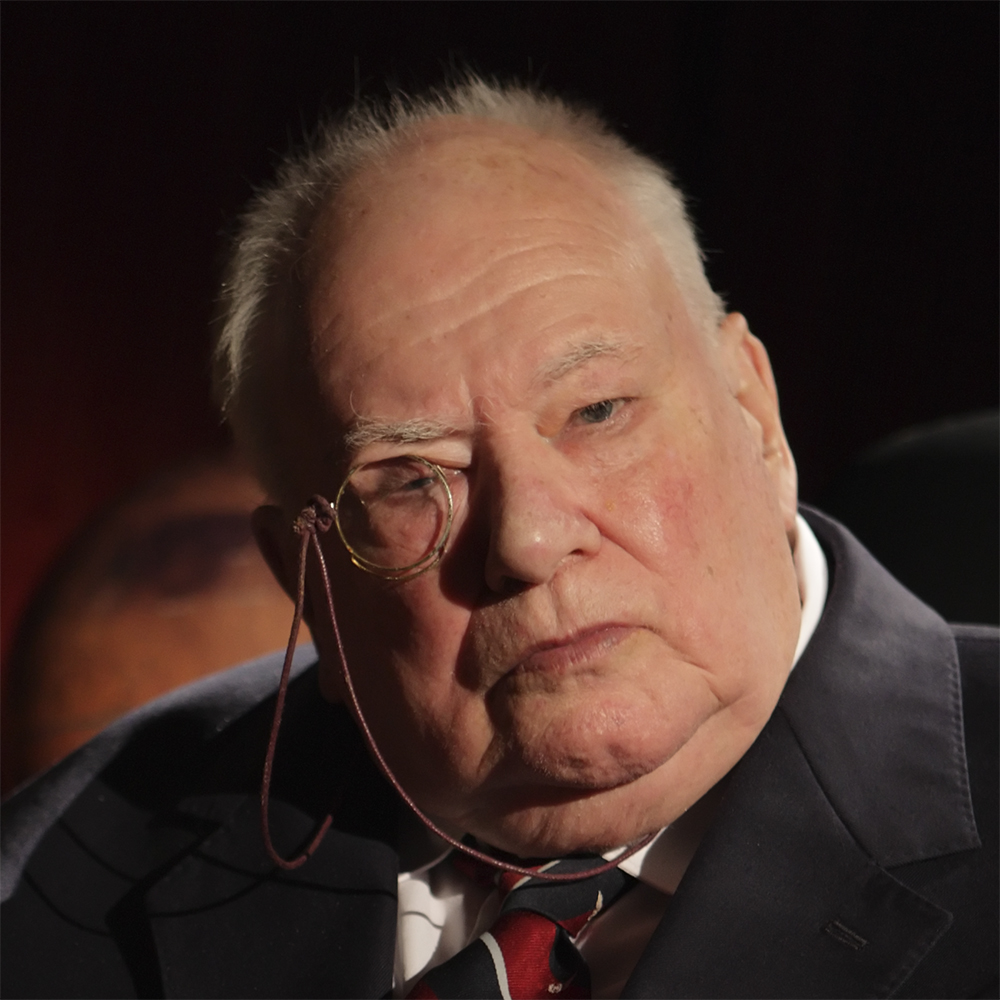Percival Lowell was born into a well-known and wealthy Boston family, so that money was never a problem for him.
He may be said to have had two careers – one as a diplomat and the other as an astronomer – though it is only by the second of these that he is now remembered.
More astronomy history

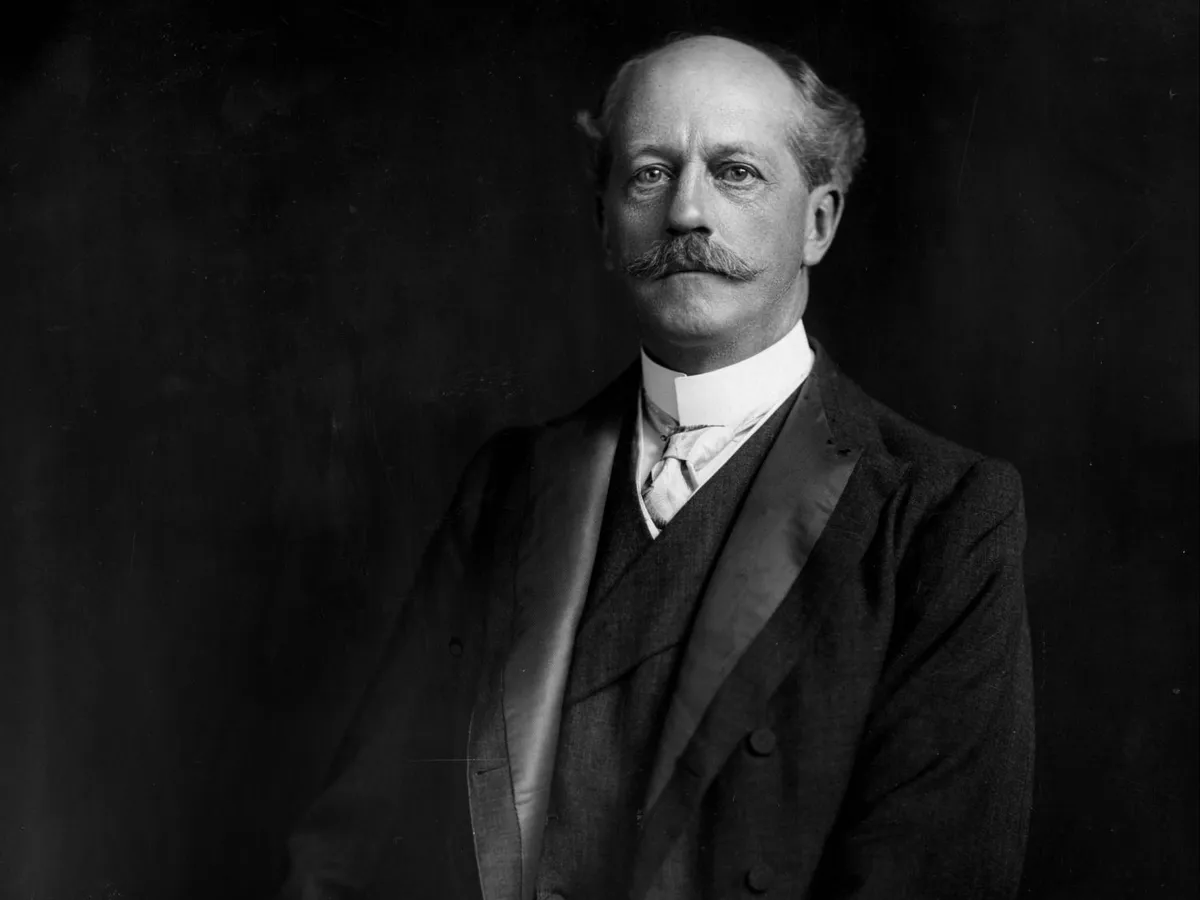
After graduation from Harvard he travelled in the Far East, partly on behalf of the family business, but he served as secretary to the first Korean diplomatic mission and wrote four books on Eastern thought and culture, which became standard works.
On his return home he devoted the rest of his life to astronomy.
He established a major observatory at Flagstaff, Arizona, and installed a fine 23-inch refracting telescope, which remains one of the best of its type.
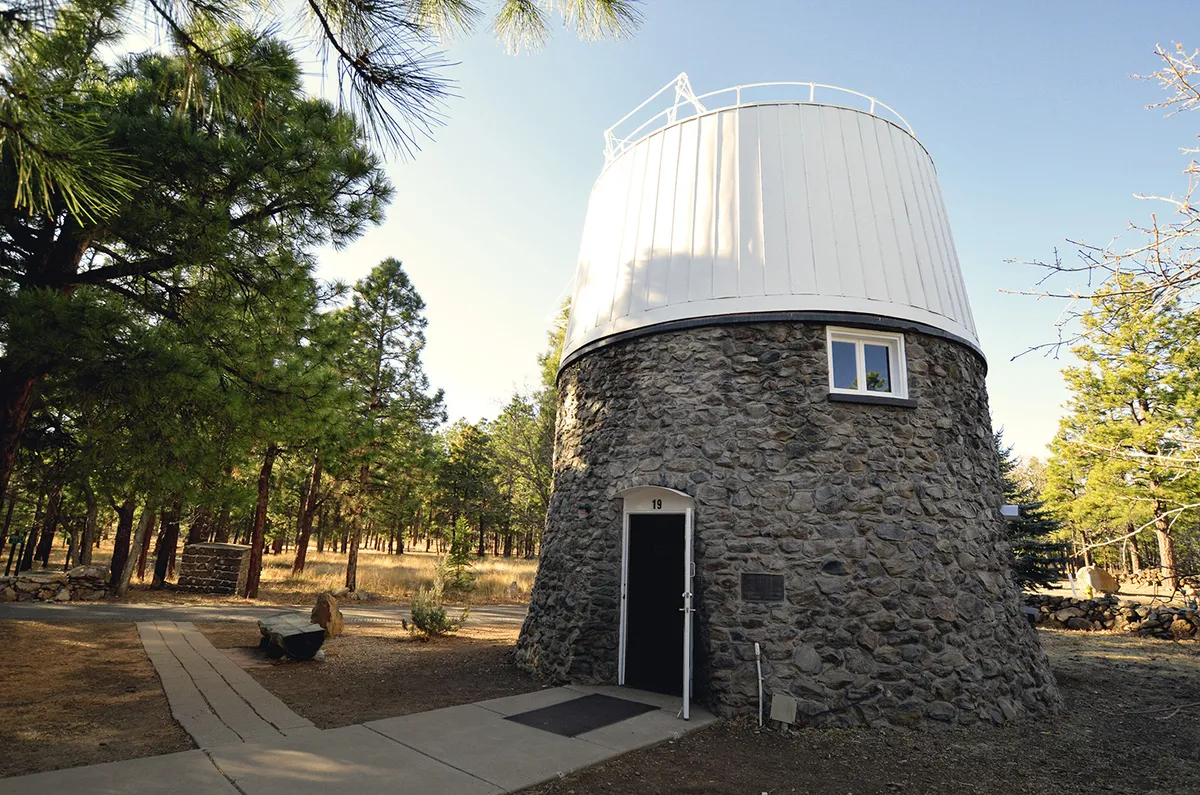
Lowell was fascinated by Mars and had complete faith in the reality of the ‘canal network’ described by Schiaparelli in 1877.
But unlike Schiaparelli, who was suitably cautious, Lowell was convinced that the canals made up a planet-wide artificial irrigation system constructed to convey water from the polar ice caps to the centres of population.
He went so far as to write "That Mars is inhabitable by beings of some sort or other is as certain as it is uncertain what these beings may be."
Ideas of this kind were well received in some quarters but astronomers in general tended to be sceptical, particularly as few observers at professional observatories could see the canal network.
It was only with the development of new equipment and, of course, the first space probes to the planets that the canal-building Martians were consigned to the realm of myth.
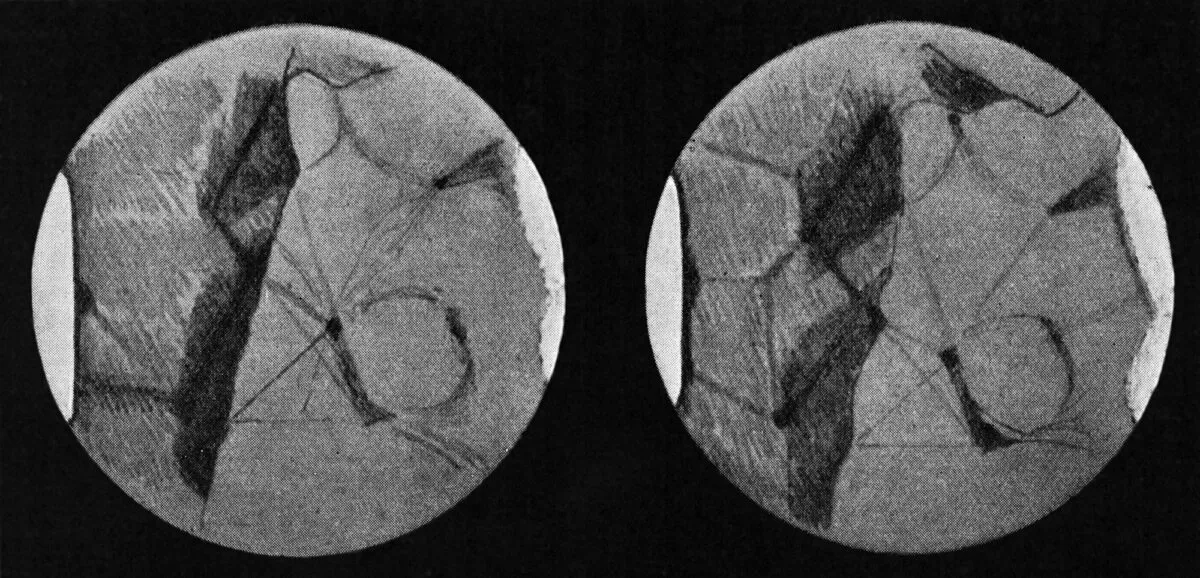
Pluto
There were other developments at Flagstaff though. From observations of the movements of Neptune and Uranus, Lowell worked out a position for a ninth planet (‘Planet X’) and began to hunt.
He was not successful, partly because he believed the planet to be as large as the Earth and therefore quite bright.
It was later discovered that he did record an image of the world we now call Pluto, but missed it because it was so faint.
Pluto was eventually found in 1930, at the Lowell Observatory, not far from the predicted position.
Certainly there was a great deal of luck about this but it was Lowell who had instituted the search.
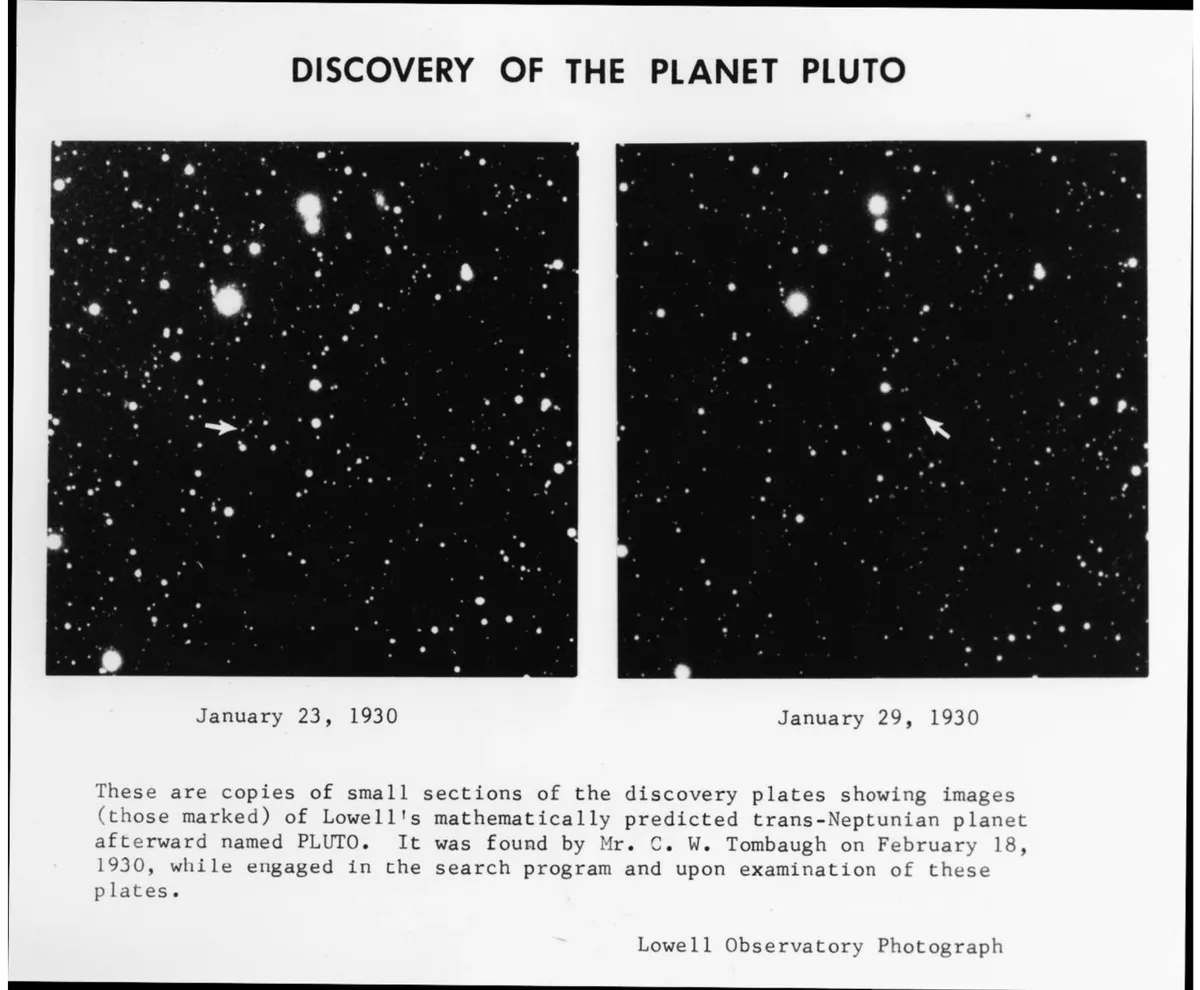
Expansion of the Universe
Also at Flagstaff during Lowell’s lifetime, an examination of the spectra of the objects we now know to be galaxies by observatory director VM Slipher showed that all those beyond our immediate local group
were receding.
Much later, Edwin Hubble used these results to prove that the entire Universe is expanding.
In most ways, Lowell was a great astronomer and it is sad that he is now remembered chiefly for his belief in advanced life on Mars.
Apart from this he made many contributions to science and the Observatory which he founded over 100 years ago is still at the forefront of astronomical research.
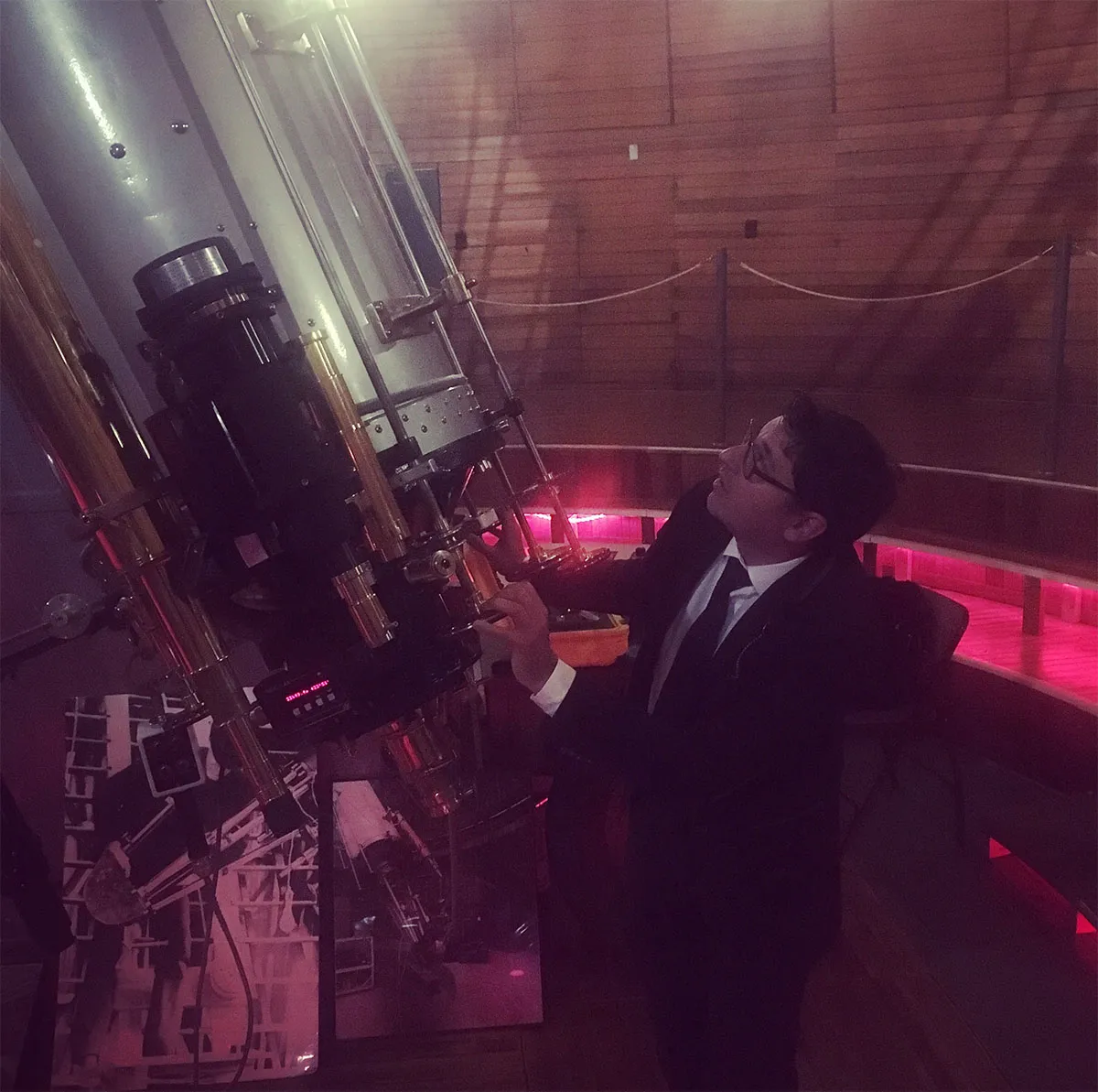
Lowell Observatory to observe Mars. Credit: Paul Abel
Percival Lowell timeline
13 March 1855: Born in Boston, Massachusetts.
1876: Graduated from Harvard University, where he had concentrated on mathematics, with a BA.
1877-1893: Travelled in the Far East.
1883: Served as secretary on the first Korean mission to the United States.
1888: Published The Soul of the Far East, which became a standard text on the Orient.
1894: Founded the Lowell Observatory at Flagstaff, Arizona after extensive site testing.
1895: Published his book, Mars.
1902: Made non-resident professor of astronomy at the Massachusetts Institute of Technology.
1906: Published his book, Mars and its Canals.
1908: Published his final book about Mars, Mars as the Abode of Life. Began a photographic search for a trans-Neptunian planet (Planet X).
1915: Published his memoirs on Planet X.
12 November 1916: Died in Flagstaff, Arizona.
This article appeared in the July 2005 issue of BBC Sky at Night Magazine
